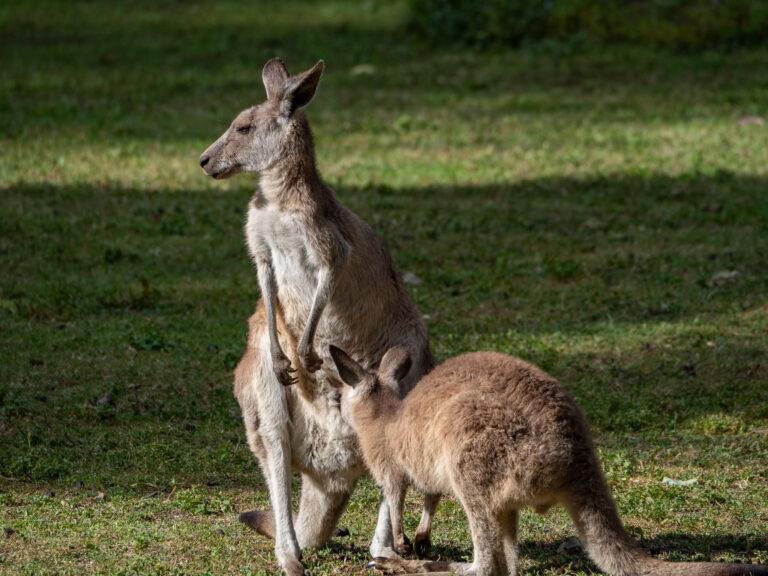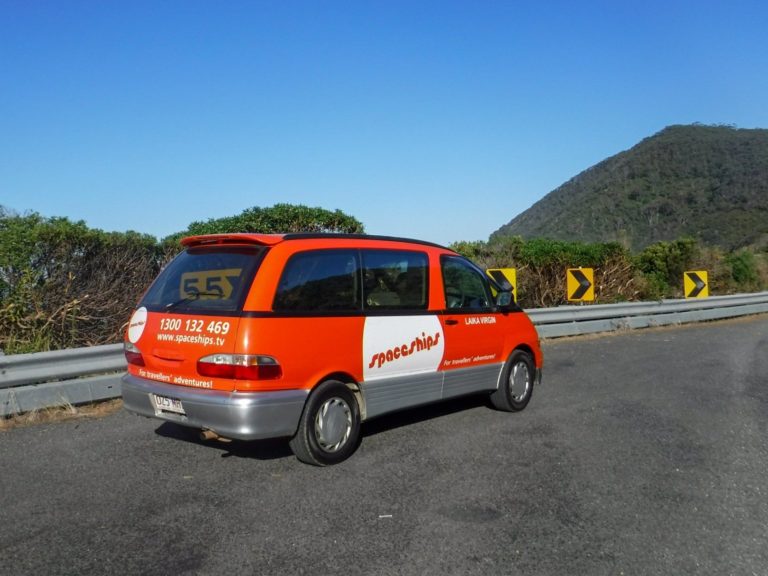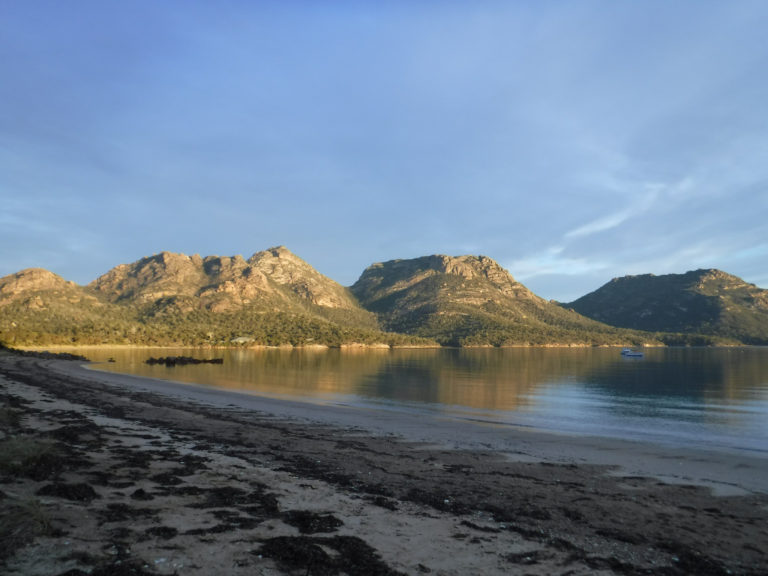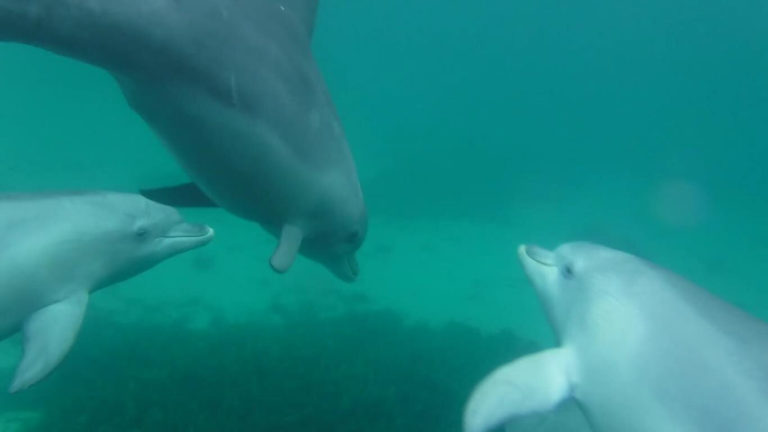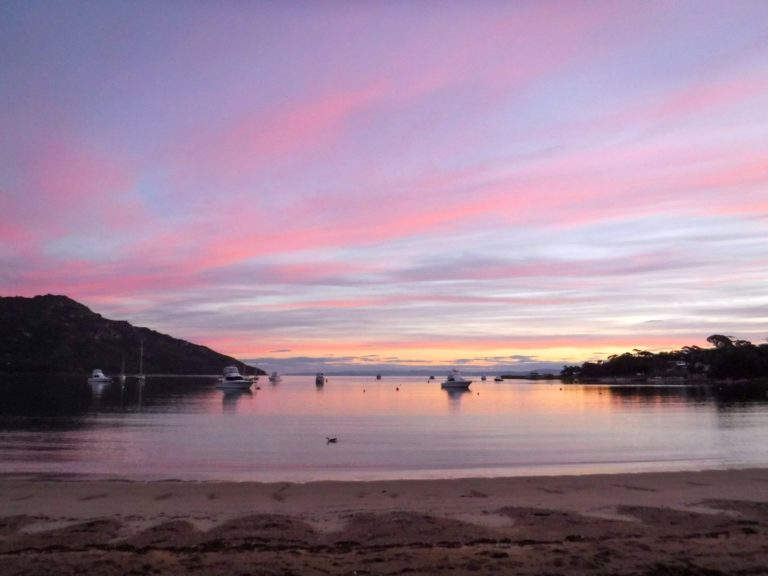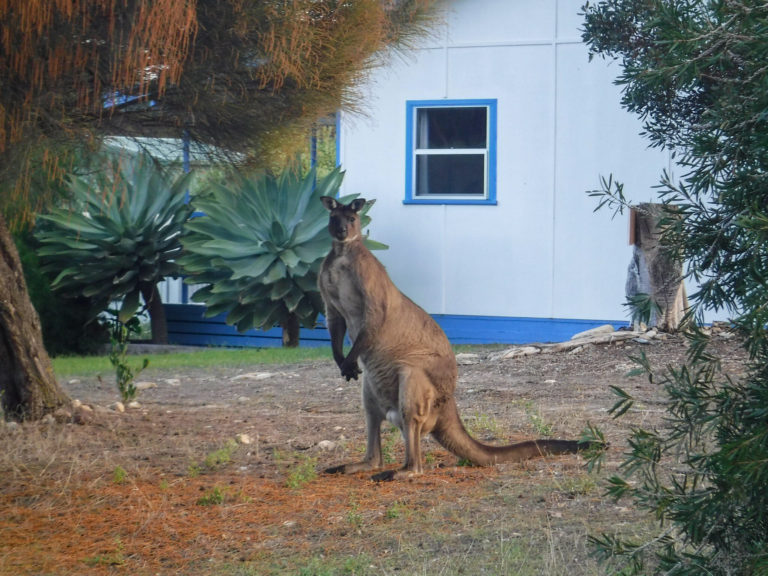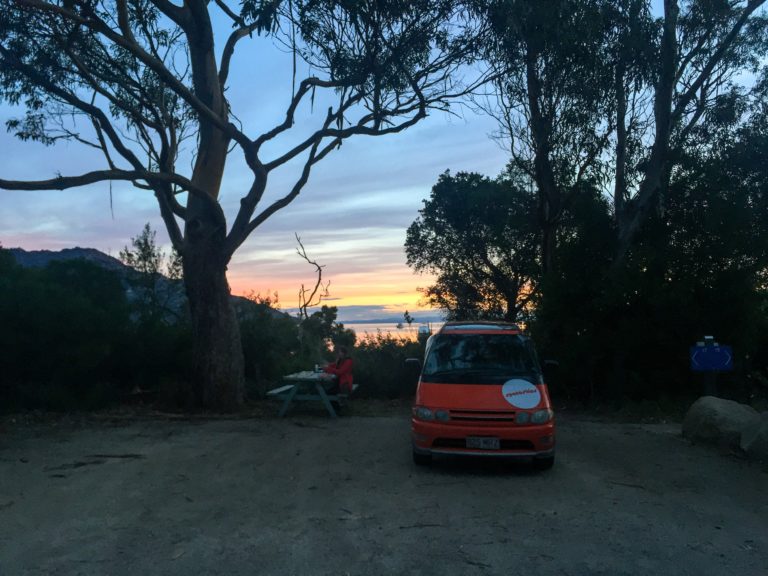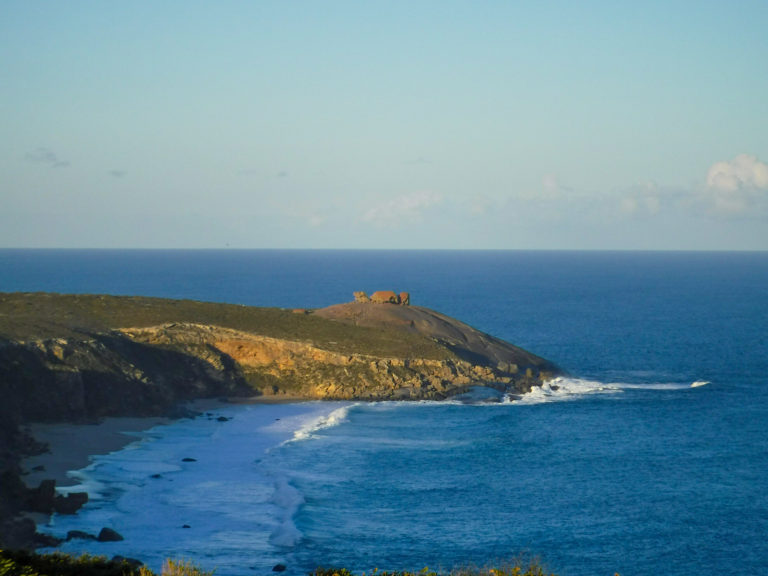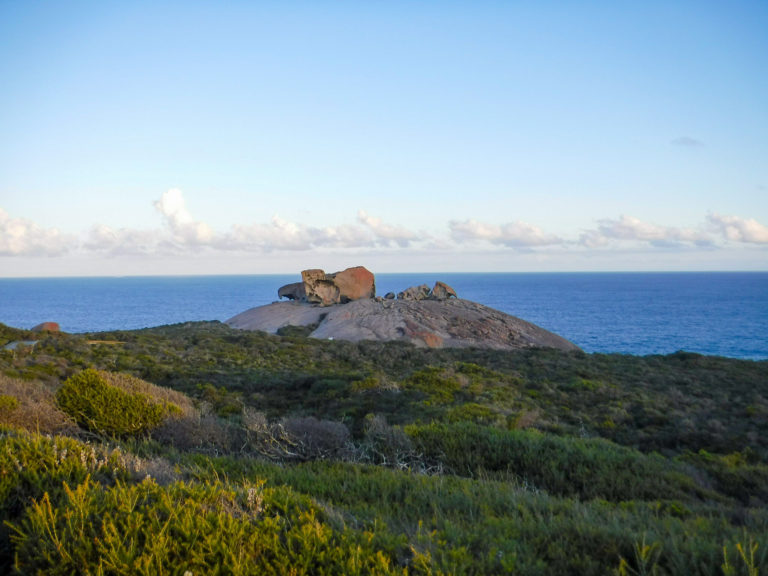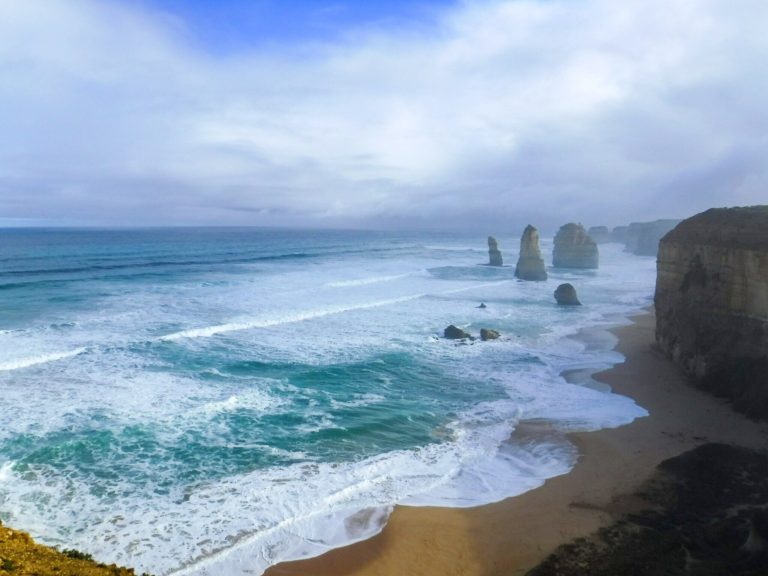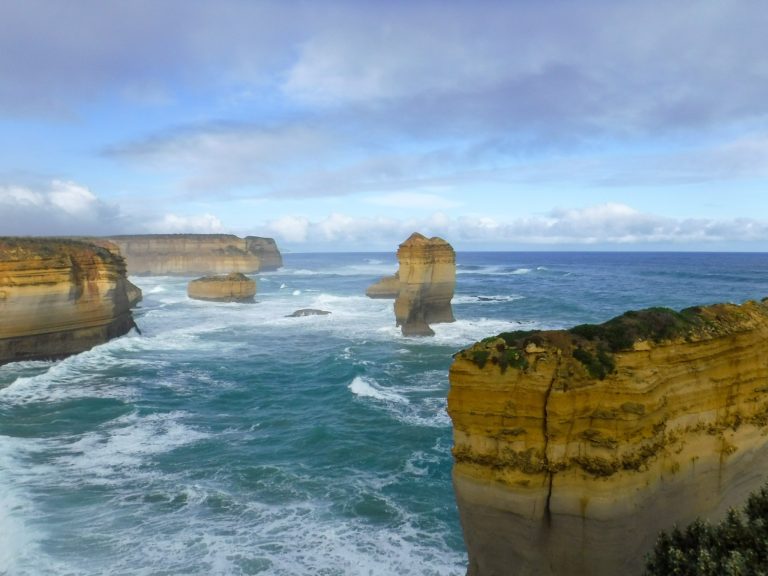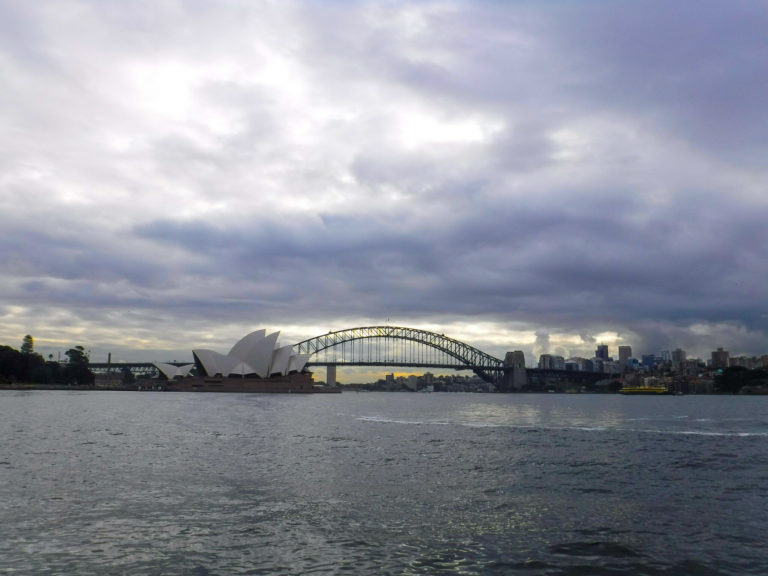18 Animals you can see on Kangaroo Island and where to find them
A complete list of all the main species of animal that live on Kangaroo Island and how you can see Kangaroo Island wildlife in the wild.
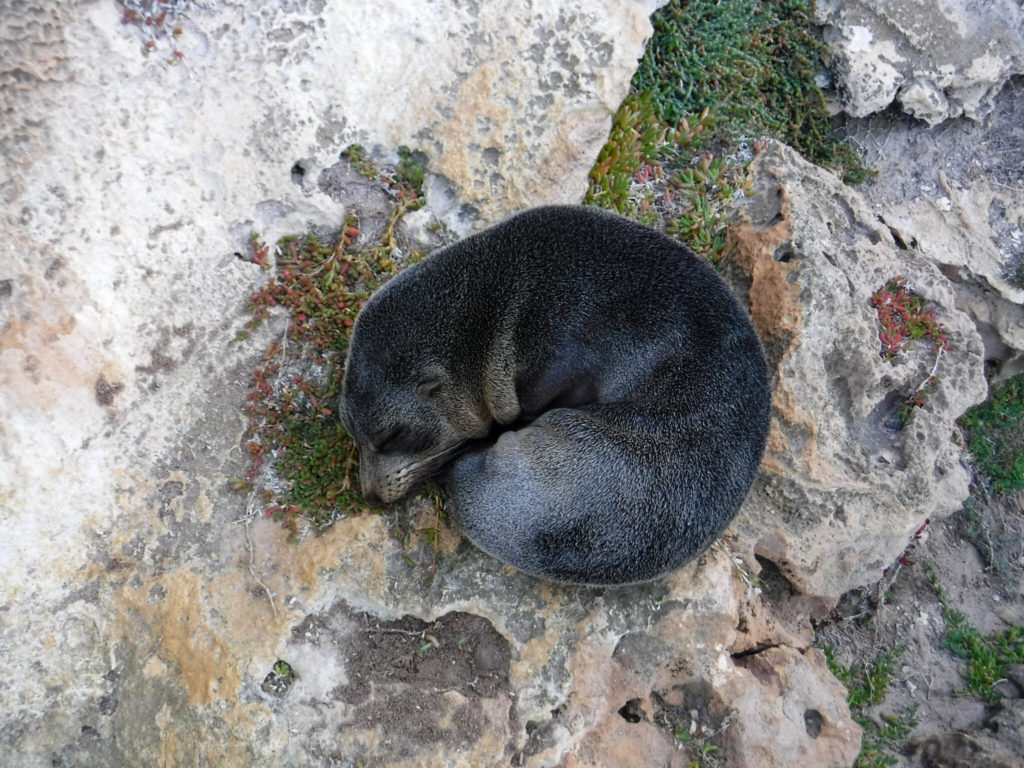
This post may contain affiliate links, which means we might earn a small commission on anything purchased through these links at no extra cost to you. Learn more on our disclaimer page.
Kangaroo Island is one of the last remaining, truly unspoiled places on earth. This vast wilderness is full of incredible views, pristine beaches, stunning coasts and so much wildlife. Animals you can spot in the wild include kangaroos, wallabies, koalas, pelicans, fur seals, sea lions, dolphins, whales, platypuses, possums and more. Read on to discover the best places to spot Kangaroo Island wildlife, which animals you can expect to see and how to experience them in the wild!
Unfortunately the January 2020 bushfires burned through Kangaroo Island and had a devastating impact on much of the flora, fauna and infrastructure. These were the largest fires in the island’s history and had catastrophic impact for people, homes, nature, tourism and businesses. Thankfully, a lot of the island is now recovering, with plants re-emerging and animal sightings increasing again.
Animals you can see in the wild on Kangaroo Island
1) Kangaroo Island Kangaroo
Given the name, Kangaroo Island, you’d probably be expecting to see lots of kangaroos roaming wild. And you’d be right! The Kangaroo Island Kangaroo is a sub-species of the Western Grey Kangaroo and is smaller, darker and longer furred than its closest mainland relative. During the day kangaroos often rest under vegetation, coming out to graze in the early morning and late afternoon. They can be spotted all over the island, so keep your eyes peeled. Popular spots include Black Swamp in Flinders Chase National Park, Grassdale in Kelly Hill Conservation Park, Lathami Conservation Park and on the Hog Bay Road from Prospect Hill to Baudin Beach.
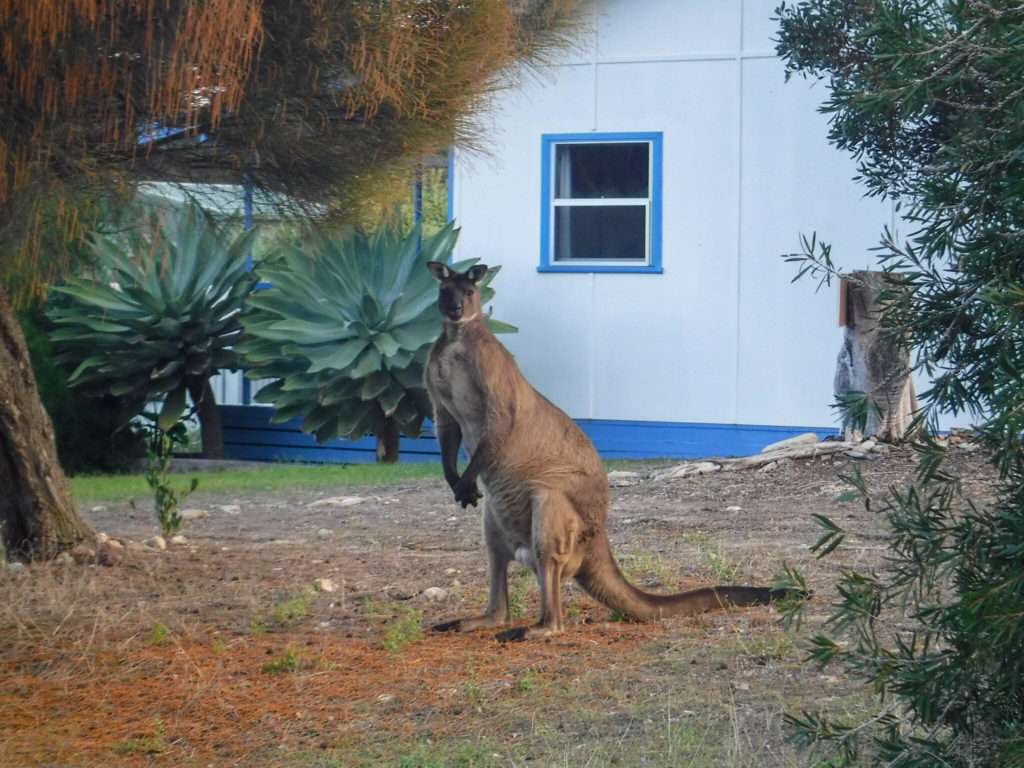
2) Kangaroo Island Dunnart
The Kangaroo Island Dunnart is a small, dark, sooty-grey coloured marsupial, similar to a mouse. Unfortuantely this creature is listed as Critically Endangered. It was believed that there were less than 500 before the 2019–2020 Australian bushfires and now there are only about 50 individuals left in existence. You’d have to be very lucky to see one, but if you do it’ll be in Flinders Chase National Park or the Ravine des Casoars Wilderness Protection Area.
3) Southern Brown Bandicoot
This native marsupial is primarily nocturnal but can be seen during the day. They prefer heathland, shrubland, sedgeland, heathy open forest and woodland.
4) Tammar Wallaby
These wallabies are nocturnal and are best seen at dawn and dusk. They rest in dense, low vegetation during the day and move through tunnels in the vegetation from their daytime shelters to grassed areas to feed in the evening. They can be seen all over the island, but your best chance of seeing them is at the Flinders Chase National Park. They can also be seen at Grassdale in Kelly Hill Conservation Park, Vivonne Bay, along the D’Estrees Bay Road up to Wheatons Beach in Cape Gantheaume Conservation Park and in Baudin Conservation Park.
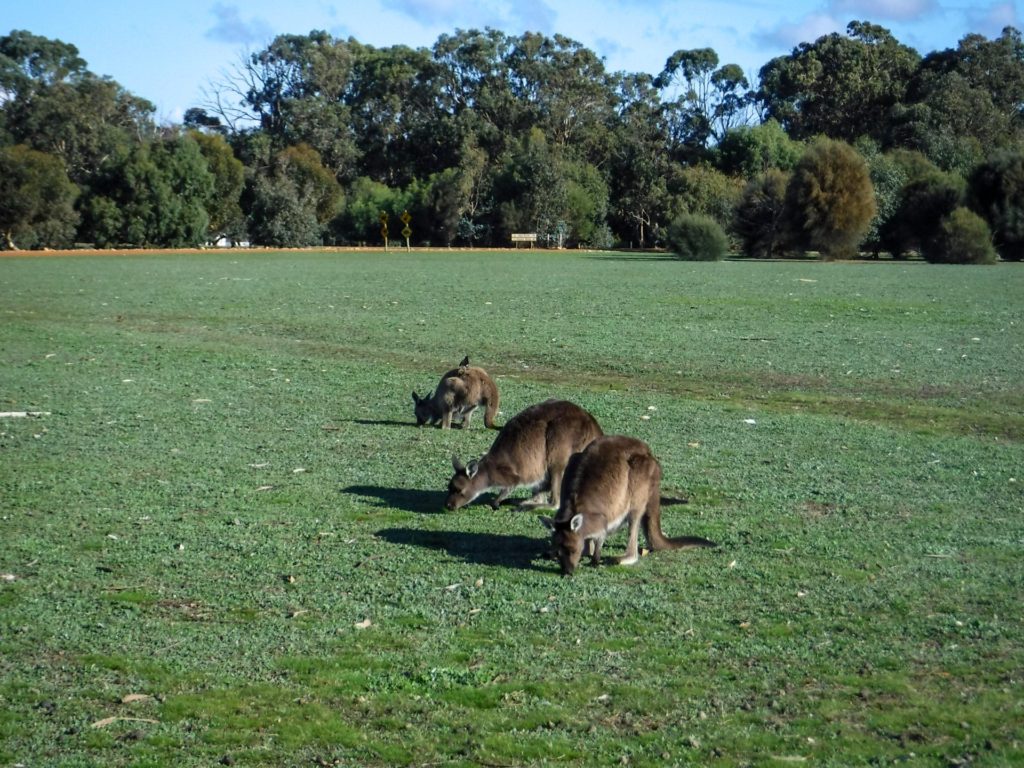
5) Short-beaked Echidna
Echidnas can be seen across Kangaroo Island in all types of habitat. These quill-covered monotremes are reminiscent of hedgehogs and are generally solitary, but during the breeding season from May–September male echidnas form trains behind the females. Hanson Bay Wildlife Sanctuary is one of the most reliable spots to see them in the wild, or try Kelly Hill Conservation Park near the Burgess Hike.
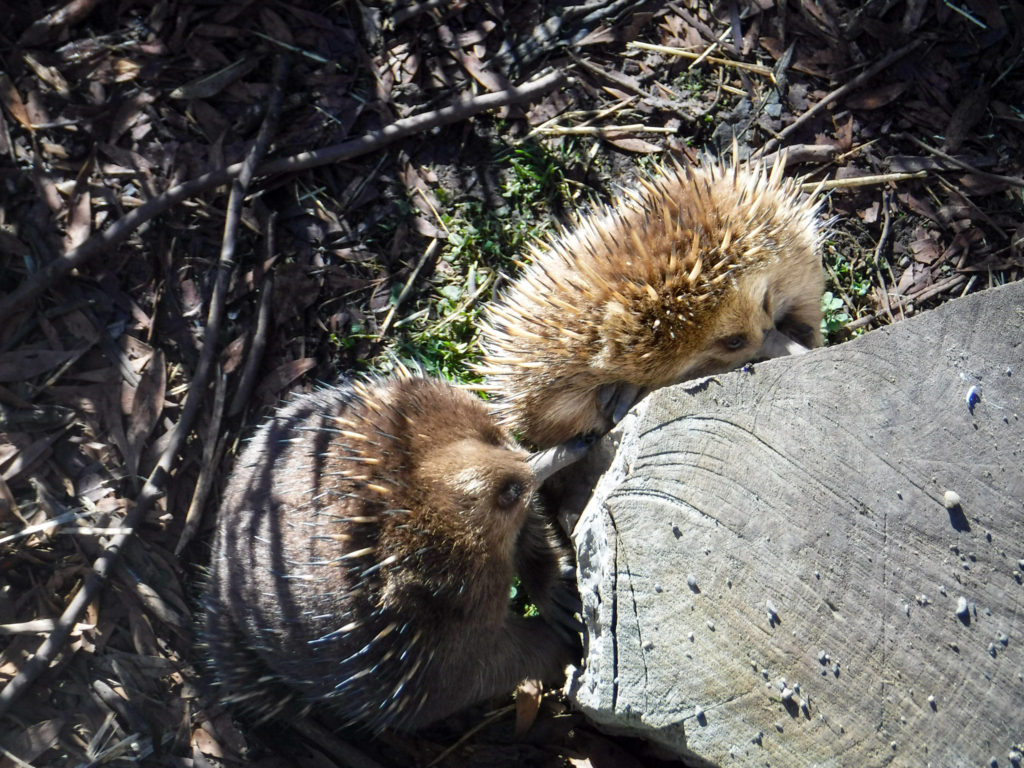
6) Possum
There are 4 kinds of Possum on Kangaroo Island: Western Pygmy Possum, Little Pigmy Possum, Common Ringtail Possum and Common Brushtail Possum. The Pygmy Possums are Critically Endangered and were feared extinct after the bushfires, until one was discovered in December 2020. You might find possums amongst trees, greenery and other lush landscapes.
7) Platypus
Kangaroo Island contains the only wild population of platypus in South Australia. They are generally found in and around the waterholes in the Rocky River region of Flinders Chase National Park. For your chance to spot them do the Snake Lagoon Hike, but remember, they’re most active at dawn and dusk.
8) Koala
Koalas are not native to Kangaroo Island. In the 1920s conservationists released 18 koalas in Flinders Chase National Park to save their declining mainland population, which quickly flourished. Koalas spends most of the day resting in a tree fork, usually climbing into the canopy around dusk to feed. Look for their fuzzy ball-shape high in the tree canopy. For guaranteed sightings, visit Hanson Bay Wildlife Sanctuary, or take a 2-Hour Koala Walking Tour from Vivonne Bay.
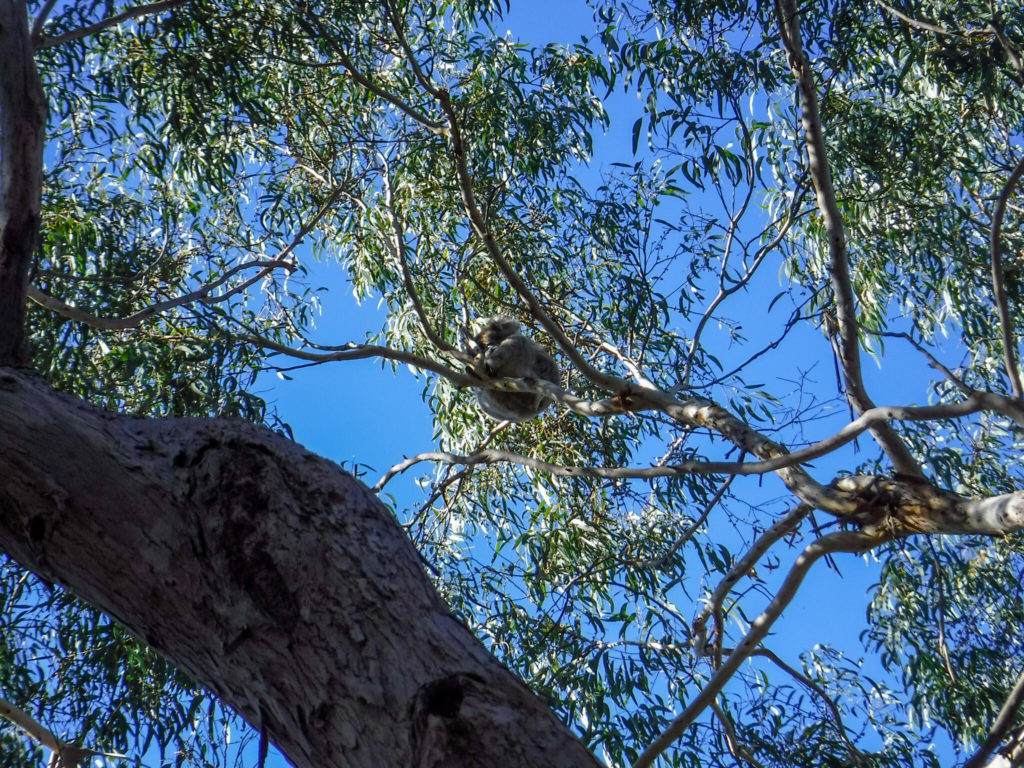
9) Penguins
Penneshaw is the gateway to Kangaroo Island and the landing port when arriving on the SeaLink Ferry. It is also home to the world’s smallest penguins, fairy penguins. Join the Penneshaw Penguin Centre on an evening guided walk for your chance to see these cuties in the wild. The tour guide will take you on a walk of Penneshaw’s foreshore and, using wildlife-friendly red light torches, illuminate the fairy penguins so you can see them. You’ll learn a lot about penguins, as well as other wildlife you might encounter and even the star constellations that may be visible. The best time to see the penguins is during the breeding season from March to December, when they come ashore to their burrows.
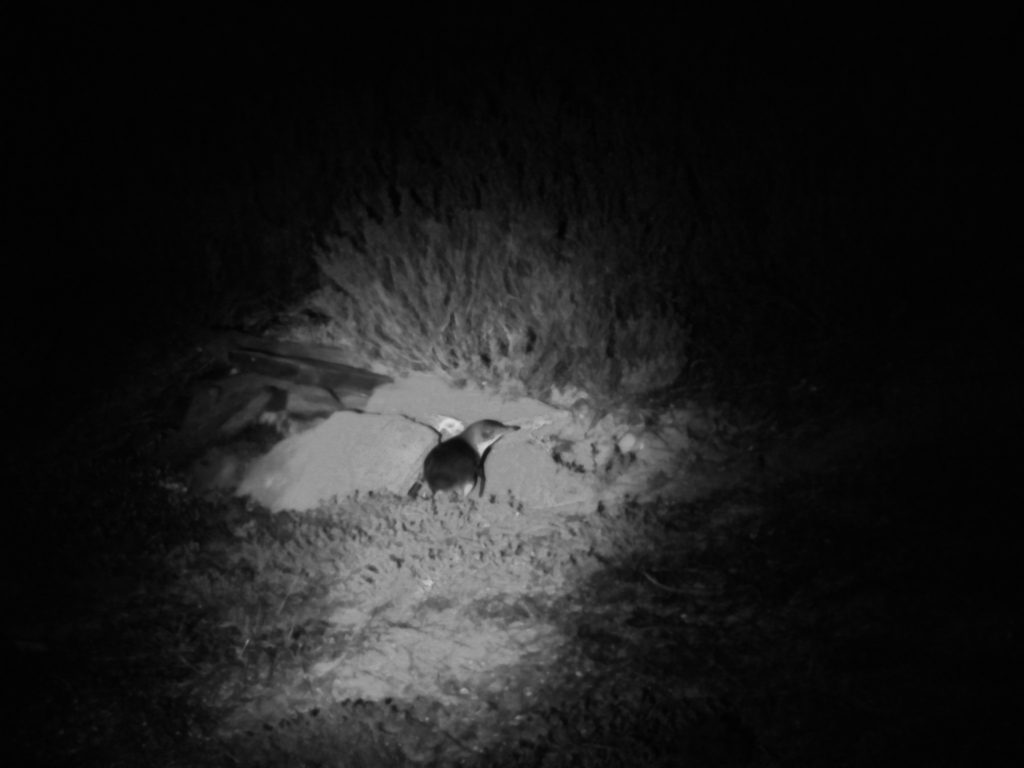
10) Long-nosed / New Zealand Fur Seals
Despite what their name might suggest, the New Zealand Fur seal is actually native to Australia, so to avoid confusion, their name was changed to the Long-nosed Fur Seal. The best place to spot them is at Cape Du Couedic in Flinders Chase National Park, where a large colony resides. Fur seals can be seen lounging around Admirals Arch and between December and February you’ll often witness ferocious battles between males during breeding season. To get up close to fur seals in Kangaroo Island, take a boat trip. This 75-Minute Ocean Safari gives you the chance to discover lots of Kangaroo Island wildlife.
Australian Fur Seals (also known as Brown Fur Seals) can also be seen in and around the Bass Strait and are often spotted at sea.
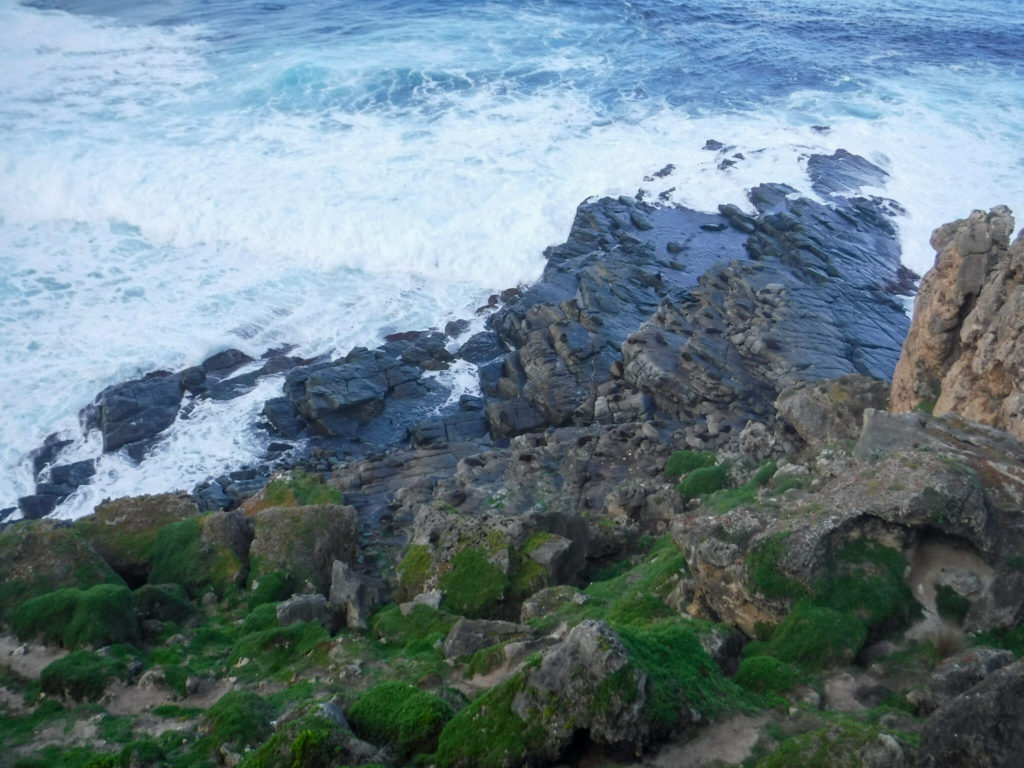
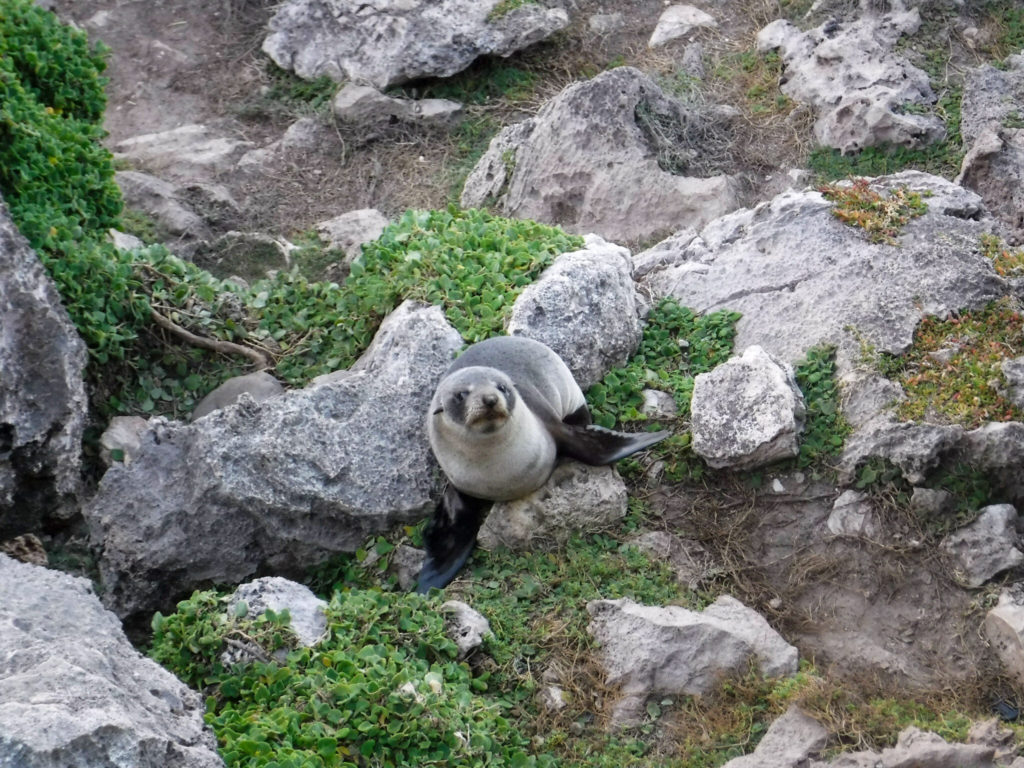
11) Australian Sea Lions
The Australian Sea Lion is one of the rarest seals in the world, but you’re guaranteed a sighting at Seal Bay, which is home to the world’s third largest breeding colony. A 900-metre boardwalk lines the beach, with viewing platforms and interpretative signs along the way. Guided tours are available with experienced guides, which venture into the heart of the colony, as well as twilight beach tours in the Summer. Don’t forget to stop by the environmentally friendly Seal Bay Visitor Centre for more information on the sea lions and their marine habitat. Australian Sea Lions can also be spotted up close on a 75-Minute Ocean Safari.
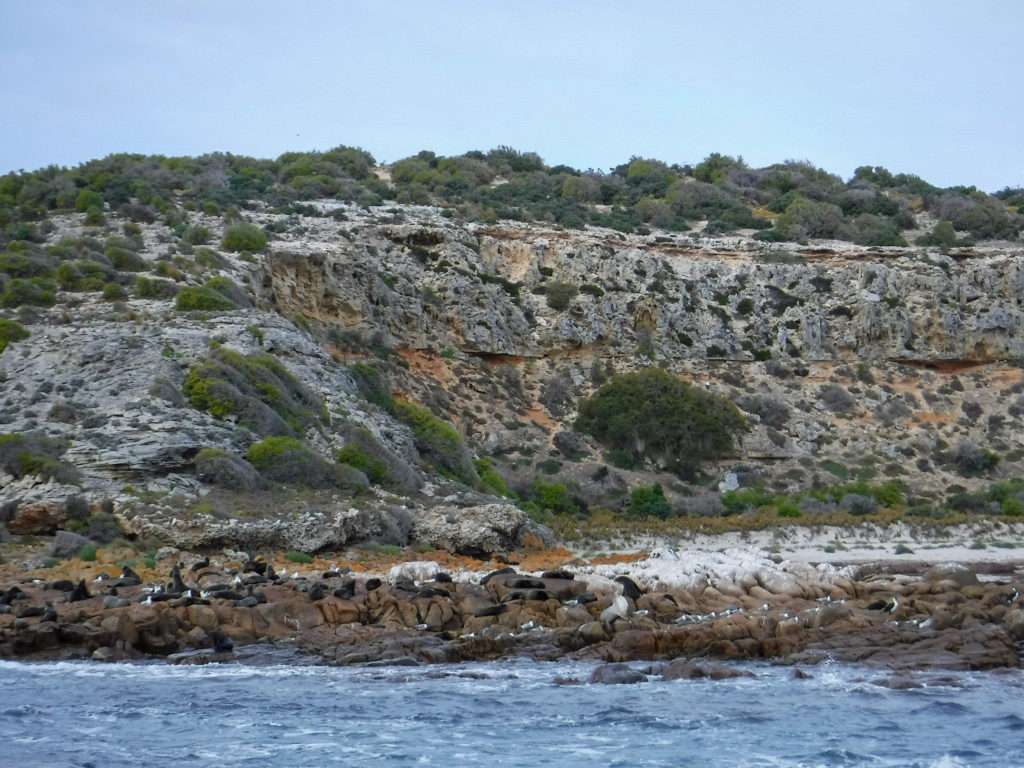
12) Dolphins
Dolphins can be spotted all over Kangaroo Island but Hog Bay is the best place to spot them from the land. The rocks at the eastern end of the beach, near Frenchman’s Rock offer a great vantage point to watch these incredible creatures from afar. But it’s also possible to get in the water with them!
There are two tour companies on Kangaroo Island who run eco-friendly boat trips that allow you to ethically swim with dolphins. Kangaroo Island Ocean Safari offer a 2 hour Dolphin Snorkelling Tour from Penneshaw, while Kangaroo Island Marine Adventures‘ 3 hour boat tour departs from either Emu Bay or Shoals Bay. Wetsuits and snorkels are included in the tour and you’ll have the opportunity to see other wildlife up close, including fur seals, sea eagles, ospreys and even Australian sea lions and even whales if you’re lucky!
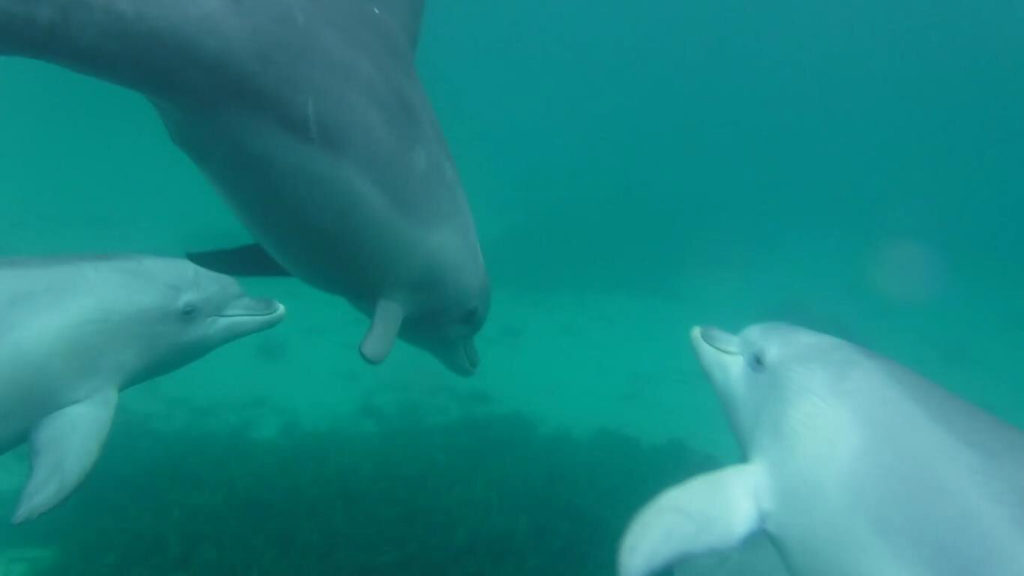
And don’t worry, unlike some dolphin tours in other parts of the world, this is a completely ethical experience. The dolphins are not chased or stressed out by the boat or human presence, and they receive no incentive to interact with visitors. Swimming with Wild Dolphins on Kangaroo Island is one of the best things to do on the island and we’d highly recommend you book in advance, especially in Summer when tours can get booked up.
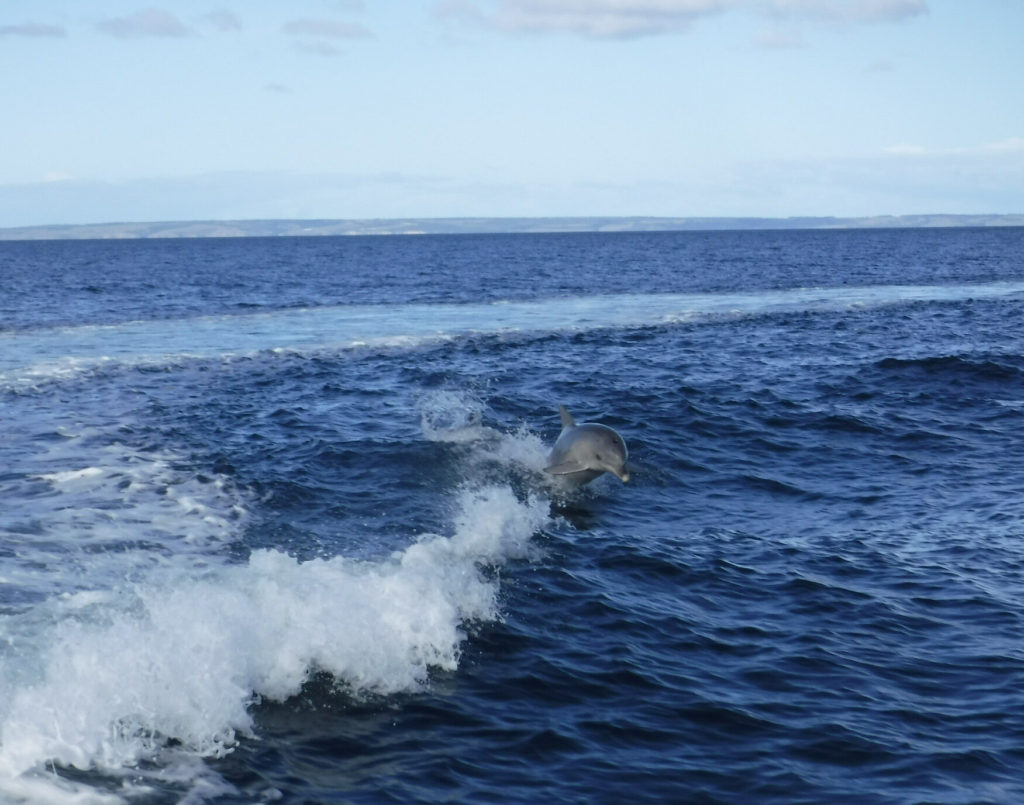
13) Whales
Between mid-May and late October whales migrate from sub-Antarctic water to the comparatively warmer waters of the South Australian coast to calve and mate. There have been 29 different types of whale recorded in South Australia. Southern Right Whales are the most popular whale in the area, however there have been sightings of Sperm Whales, Humpbacks, Blue Whales and the occasional Orca too.
Here are some ideal vantage points to spot whales from land in Flinders Chase:
- Cape du Couedic Lookout (accessible only from the Cape du Couedic hike)
- Weirs Cove Lookout
- Admirals Arch Lookouts
- Cape Borda Lightstation
- Scott Cove Lookout
Fun fact: The Southern Right whale can grow up to 17.5 metres and weigh over 80 tons!
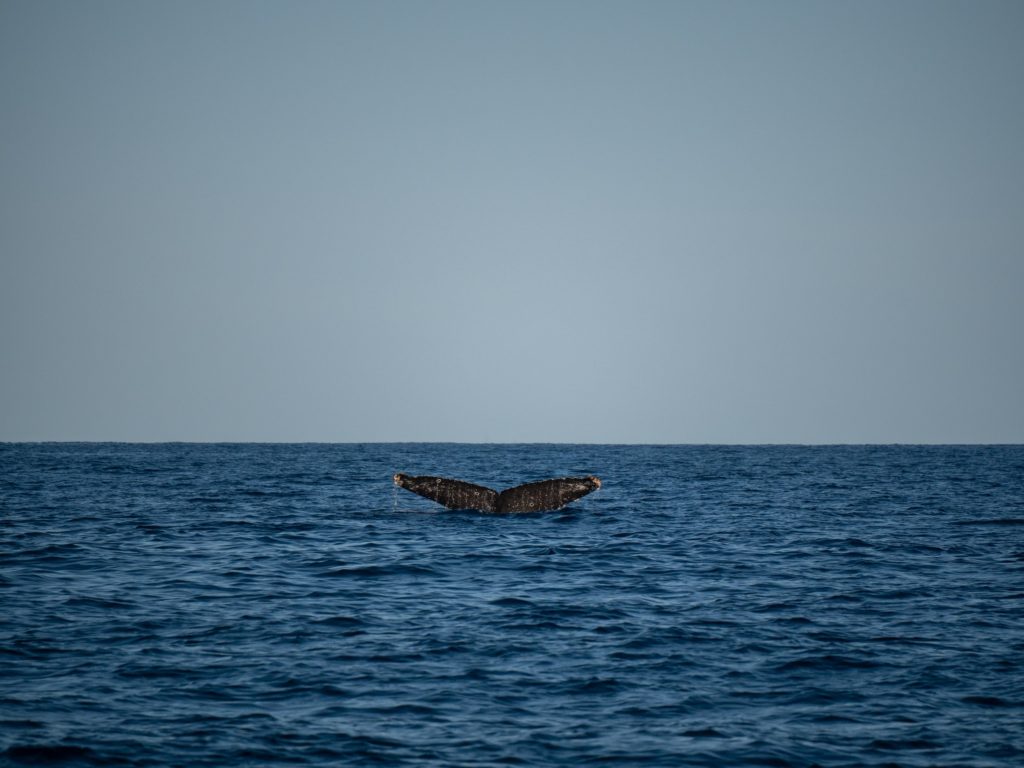
14) Heath Goanna
A Rosenberg’s Monitor, locally know as a Heath Goanna, is a the only type of goanna (large lizard) found on Kangaroo Island. They are active during the day and often seen basking in the sun around the island. You may spot one along one of the walking trails in the conservation parks or alternatively at Bales Bay.
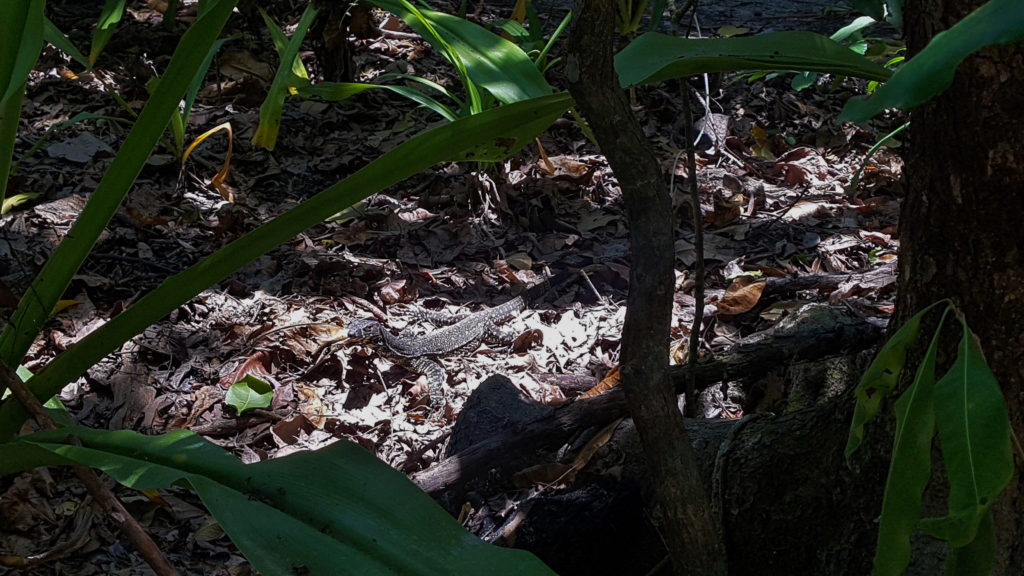
15) Snakes
There are 2 prominent species of snake on Kangaroo Island: the Black Tiger Snake (which isn’t always black!) and the Pygmy Copperhead Snake. Both kinds are venomous, so be careful if you come across one. They tend to hibernate throughout the colder months but can be found all over the island and they particularly like sand dunes.
16) Pelicans
Pelicans can be found all along the coastal areas of Kangaroo Island. For your chance to see these large water birds head to Kingscote Jetty, where they can be found all day long as they used to be fed here by locals. Other spots include Shoal Bay and Emu Bay Jetty.
Pelican Lagoon at American River is also great for spotting birdlife, including black swans and pelicans, and is an important breeding habitat. American River is also home to the island’s oyster industry, and you can purchase some of these delicacies while you’re here.
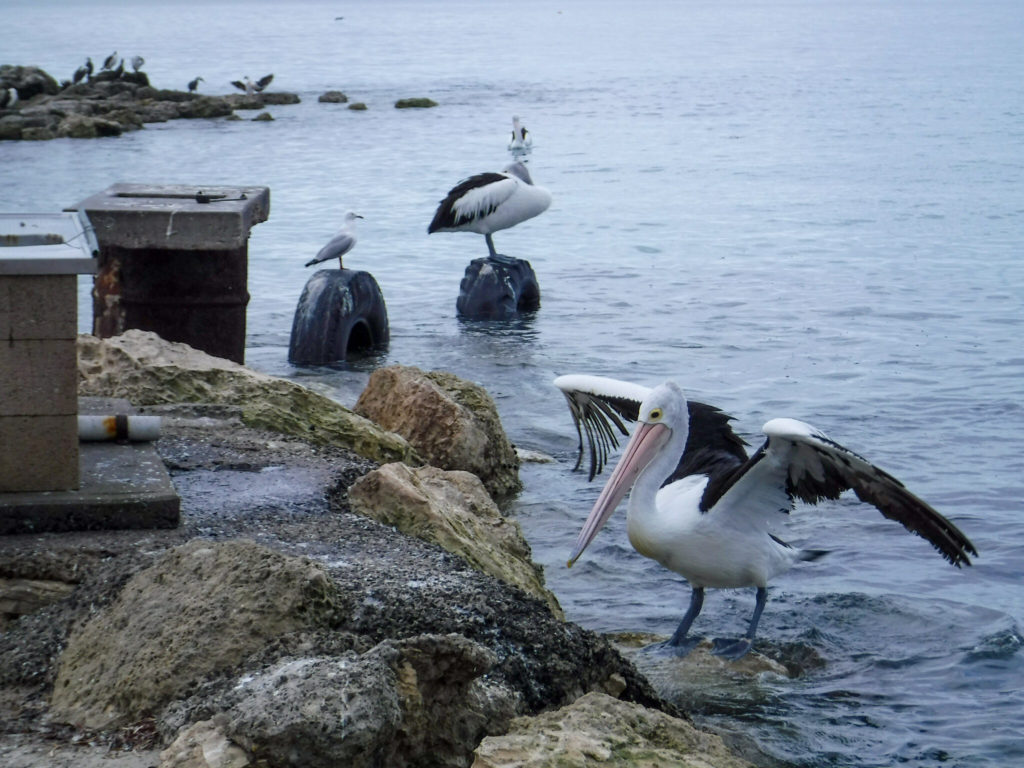
17) Glossy Black-Cockatoo
The Glossy Black-Cockatoo is the smallest of the five black-cockatoos but the ones found on Kangaroo Island are a separate sub-species to those found in eastern Australia and are actually endangered. They feed during the day returning to their nests at dusk. The best place to see them is at Baudin Conservation Park near Penneshaw, along the Ironstone Hill Hike, which is where the Penneshaw flock often feeds. They can also be spotted in Lathami Conservation Park.
18) Cape Barren Goose
Cape Barren Geese were introduced to Kangaroo Island in the 1920s and 1930s. They can now be seen on from autumn through to early spring. Cape barren goose are almost always found near water such as the sea, dams, swamps, lakes and lagoons. Spot them at the Black Swamp in Flinders Chase National Park where they breed.
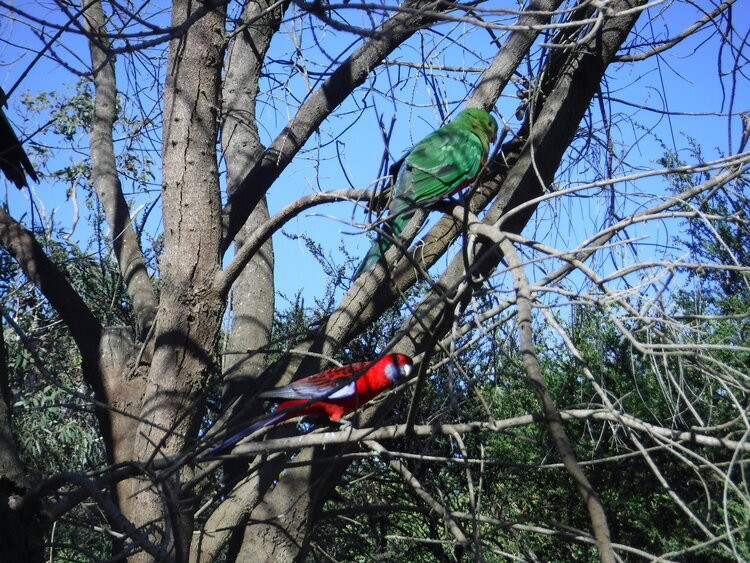
Animal attractions on Kangaroo Island
Sometimes, however, luck just isn’t on your side. Being in the wrong place at wrong time may mean you have a hard time finding any of these animals in the wild. But don’t worry, we have a few suggestions for you to guarantee you see something!
Hanson Bay Wildlife Sanctuary
This is the BEST place on Kangaroo Island to see koalas. Nestled between Flinders Chase National Park and Kelly Hill Conservation Park, Hanson Bay Wildlife Sanctuary offers self-guided and 90 minute guided tours of the Koala Walk in this 5000-acre site. You are guaranteed to spot at least a few fuzzy koala bears, as well as the chance to see kangaroos, echidnas, possums, goannas, and birds such as crimson-breasted rosellas, honeyeaters, and black cockatoos. Guided tours are also offered during the evening too.
Prices: Daytime tour – $30; Sunset tour – Adult: $60, Children (13-17): $35, Children (2-12): $30
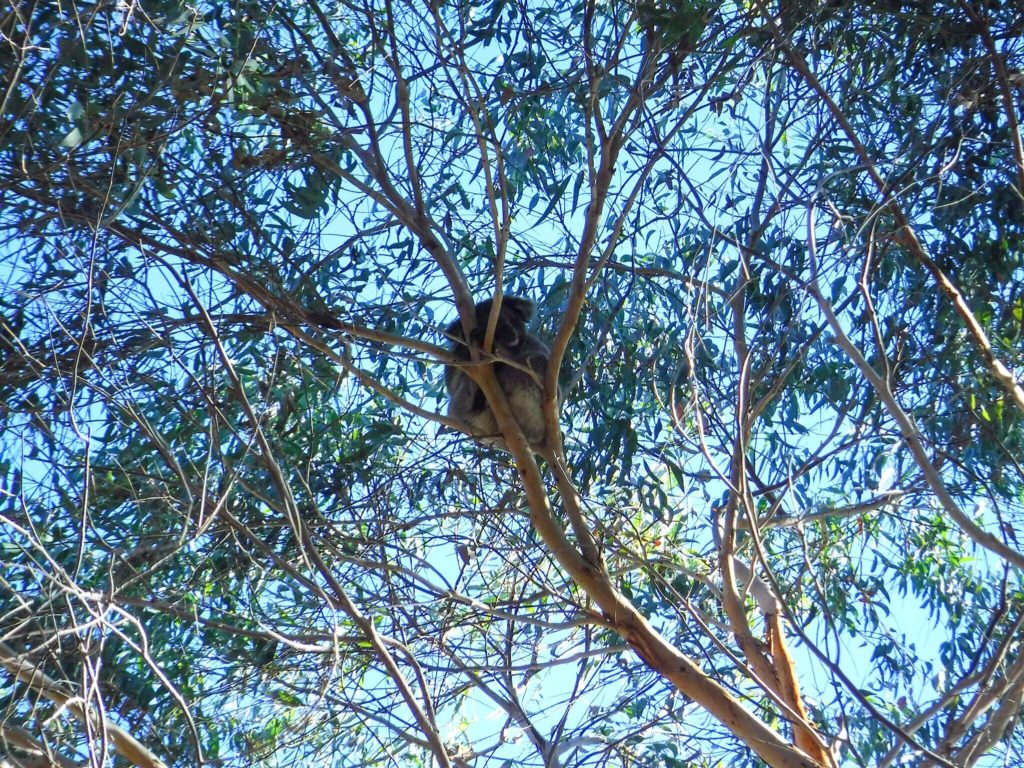
Kangaroo Island Wildlife Park
This wildlife park contains more than 150 species of native Australian wildlife, including wombats, quolls, birds, penguins, echidnas, snakes, lizards, and crocodiles. Kangaroo Island Wildlife Park is a great way to observe wildlife up close and even interact with some of the animals and feed them. Koala cuddles are available for an extra fee.
Prices: Adult (17+): $28, Children (3-16): $16, Students/Seniors: $22, Family and Group tickets available.
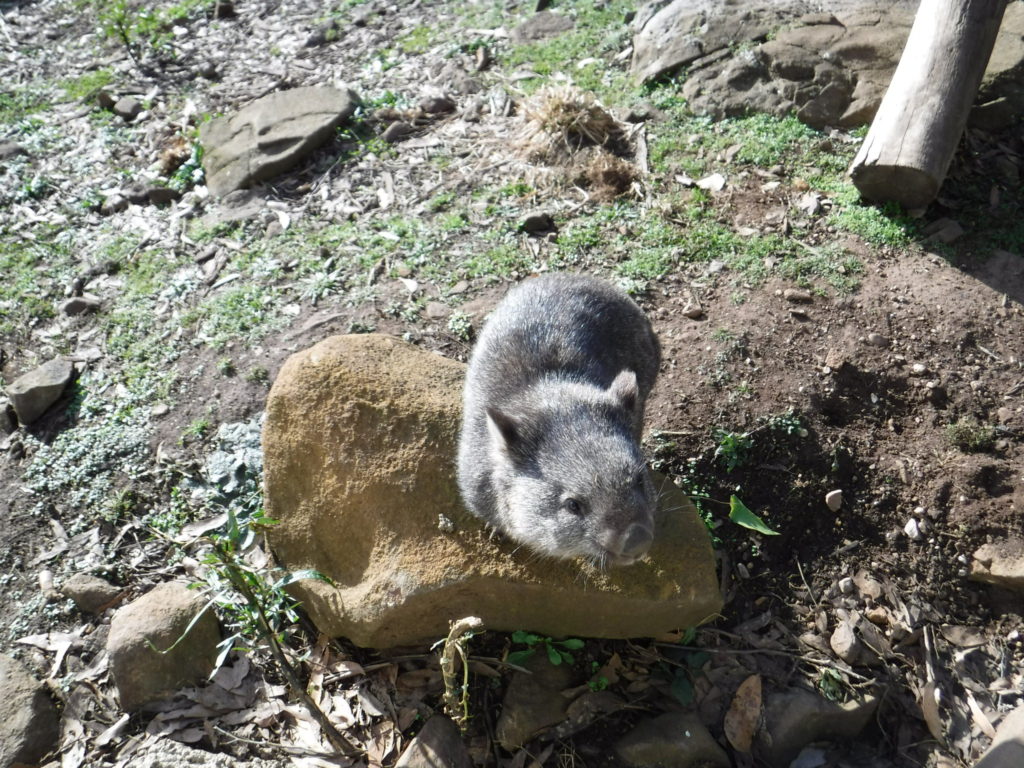
Raptor Domain
This wildlife park features educational shows which revolve around raptors – various birds of prey, including eagles & falcons, and reptiles. Raptor Domain rescues injured birds of prey as well as snakes and lizards and puts on fun and informative presentations. Don’t miss the Venom Pit, with venomous snakes and spiders, Fang-Tastic, a reptile show and the In-Flight show, where you can learn about and watch birds of prey such as owls and wedge-tailed eagles fly.
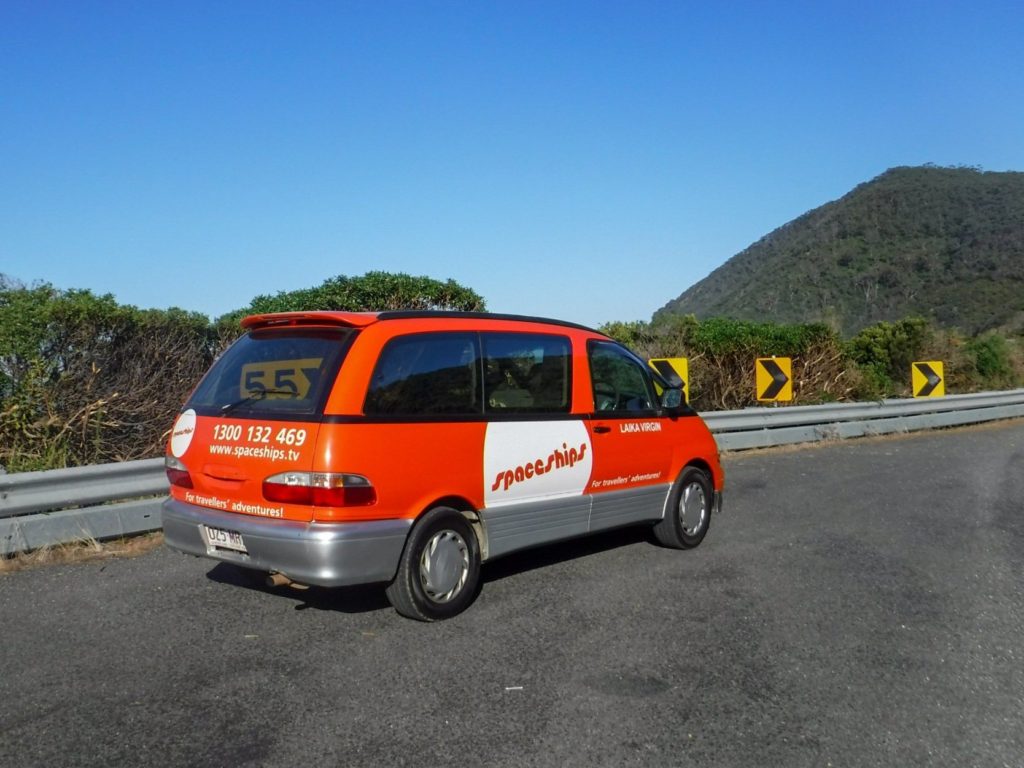
Looking for affordable accommodation with the freedom of having your own car?
Consider hiring a Spaceships Camper-Car! Each car comes fully equipped with all the living, cooking and sleeping facilities you need, plus you get unlimited kilometres, no one-way fees, free after-hours pick-up & drop-off service and 24-hour roadside service! Not only is it a bucket list experience to camp in Australia’s countryside, but a Spaceship is a great budget-friendly option for adventurers too. Pick up and drop off at Melbourne or Hobart to see the best that Tasmania has to offer.
Read next: Camping in a Compact Camper-Car in Australia
Interactive Kangaroo Island Map
What to know before you go
Remember to always put the animals welfare first. Observe the animals without interacting and do not try to touch them, play with them or pursue them. Move slowly and quietly and keep at least 20m away. If the animal changes their behaviour while you are watching them you are probably too close; retreat slowly and give them more space.
Turn off your camera flash to protect animals’ eyes when taking photos.
To report injured wildlife phone Natural Resources Kangaroo Island on (08) 8553 4444 or notify parks staff.
Roads and driving
Take care when driving at all times and particularly at dawn and dusk, as this is when animals are most active. If you can, avoid driving at night. Animals are blinded by bright lights, so dip your lights if you come across an animal at night. During the day watch out for goannas and snakes basking on warm roads and birds and echidnas foraging along road edges.
Be aware that the condition of gravel and dirt roads is unpredictable so drive slowly. You must stop your car off the road before you take photos and remember to drive on the left in Australia!
Laws and rules
The use of drones in Australian national parks is strictly prohibited to protect the wildlife within. Pets, including dogs, are not permitted in the park. Maintaining the legal distance from marine mammals such as whales, dolphins and seals is important, both for our safety and that of the animals.
Read next:
A 5 Day Kangaroo Island Wildlife Spotting Itinerary
Everything you need to know about Swimming with Wild Dolphins on Australia’s Kangaroo Island
The Thorough Guide to Australia’s Kangaroo Island
The Thorough Guide to Kangaroo Island’s Flinders Chase National Park
Where to stay on Australia’s Kangaroo Island: Accommodation and Camping Guide
Check us out on social media!
